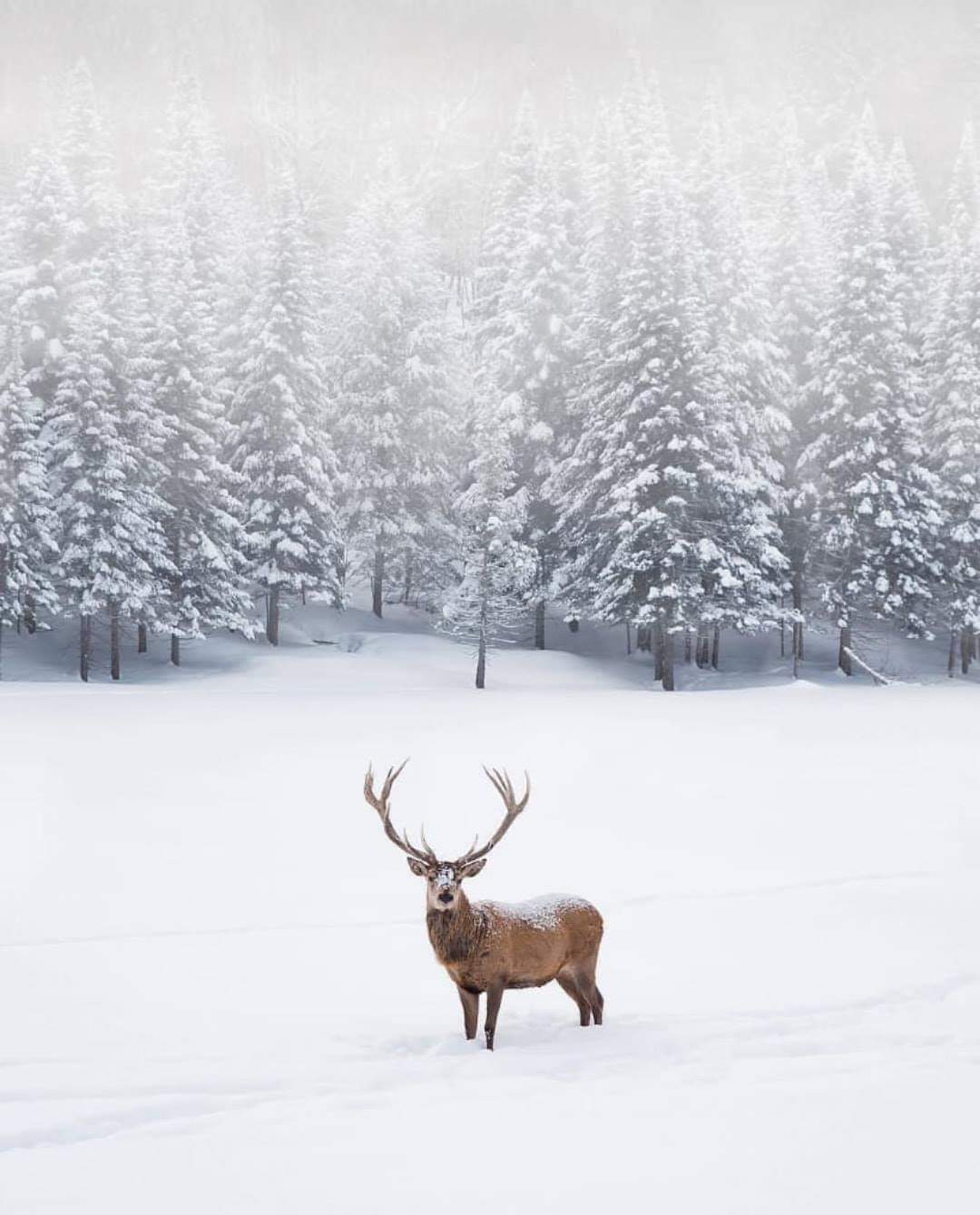Srinagar: The Endangered royal stag, popularly known as the Hangul, has shown a gradual increase in its population and fresh survey in this regard is being carried out through genetic methods.
The International Union for Conservation of Nature’s (IUCN) Red Data Book which contains lists of species at risk of extinction has declared the Hangul as one of three species that were critically endangered in J&K. The other two are the Markhor and the Tibetan antelope or ‘Chiru’.
The Hangul is placed under Schedule I of the Indian Wildlife (Protection) Act, 1972 and the J&K Wildlife Protection Act, 1978.
“To increase the breed of the ‘Hangul’, the animal breeding centre is functional at Shikargah area of Tral in Pulwama under the ‘Species Recovery Programme”, an official said.
The official said that the last Hangul census was conducted in 2021, the population of Hangul has shown a significant rise. “Presently the Hangul population is 263 as per the 2021 census”, he said.
The census revealed that the number of Hangul males per 100 females was 126 in 2021 down from 153 in 2019. The number of fawns per 100 females has increased to 13.4 in 2021 from 9 in 2019.
He said the census reports available with the department show the annual hangul counting started since 2004 using scientific methods which estimates the population at 197 in 2004, 153 in 2006, 127 in 2008, 175 in 2009, 218 in 2011, 186 in 2015, 214 in 2017 and 237 in 2019.
Aaltaf Hussain Dentoo, Wildlife Warden, Central division told news agency—Kashmir News Observer (KNO) that there is a gradual increase in the population and there are no worrisome factors.
“As hangul is endangered but like other animals they get their food naturally. In winters, during snowfall, we drop some vegetables, fresh leaves and other things for them”, he said.
Teams are being sent on the ground to find the population of Hangul and this time we are using genetic methods to find the population of the Hangul, he said.
“The fecal matter of the Hangul will be sent to Hyderabad laboratory where through a very advanced method, we will find out the total number of Hangul”, Aaltaf said—(KNO)


